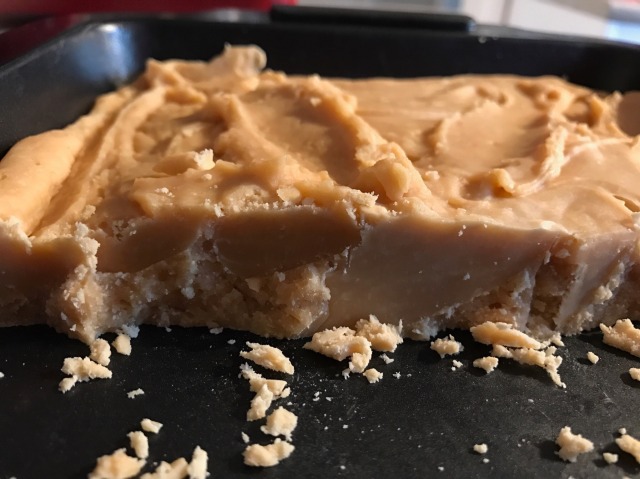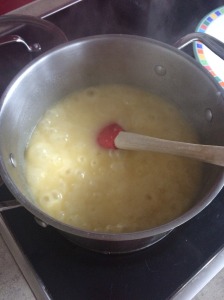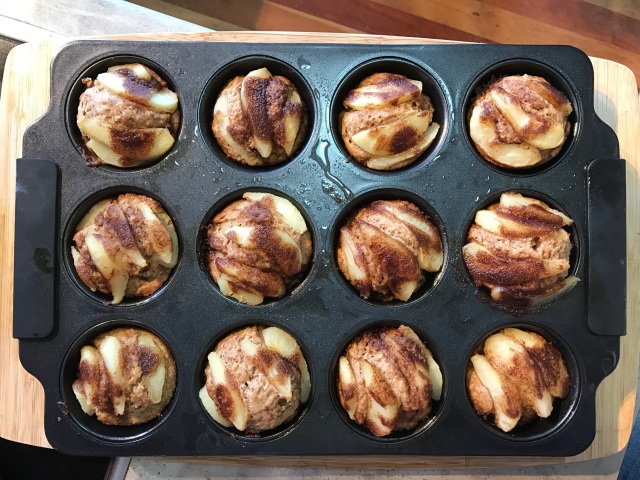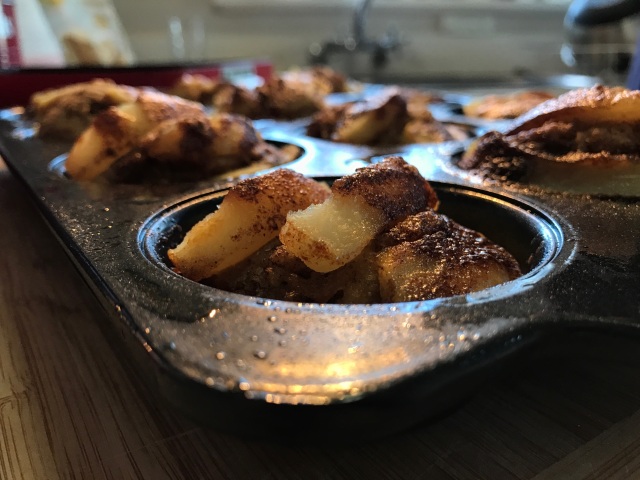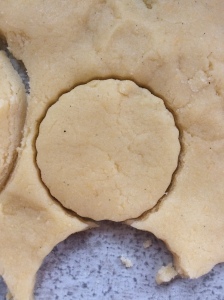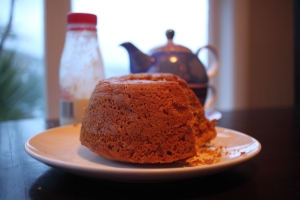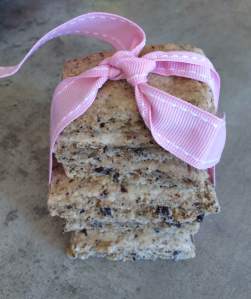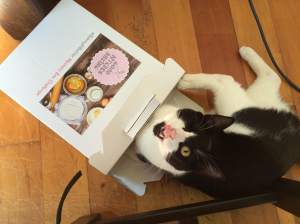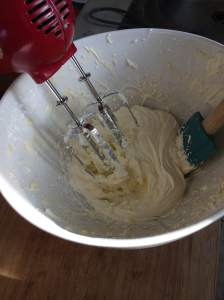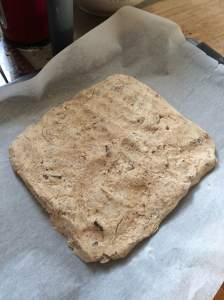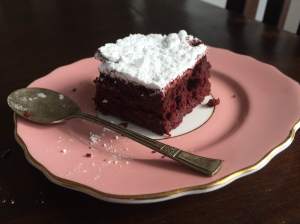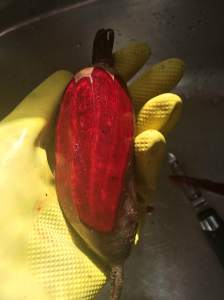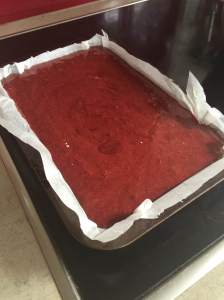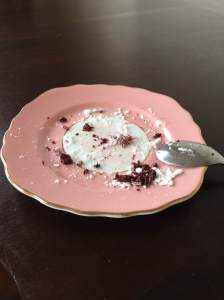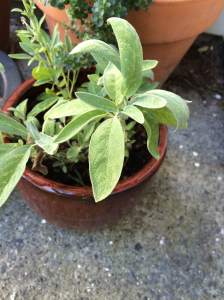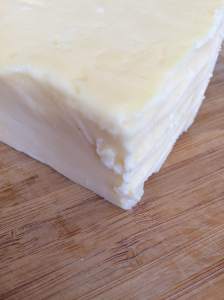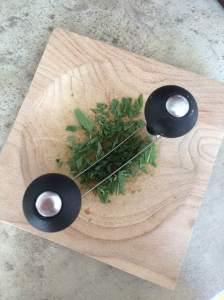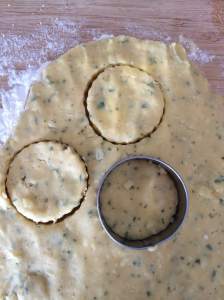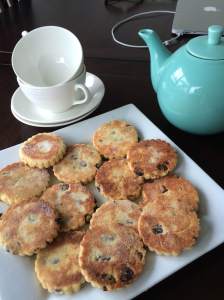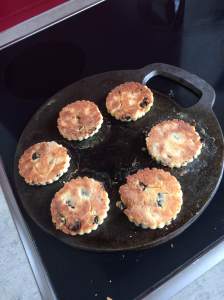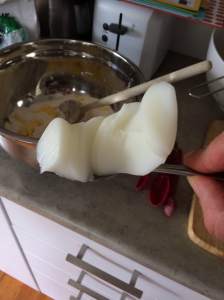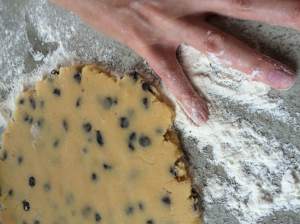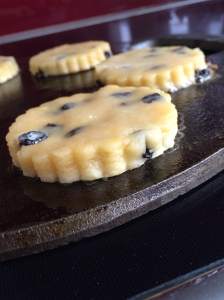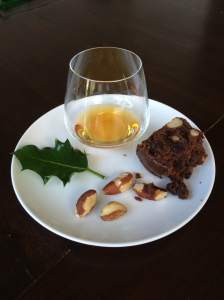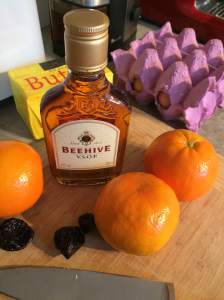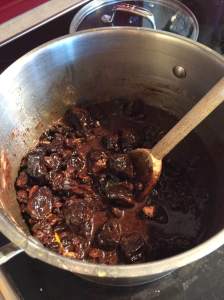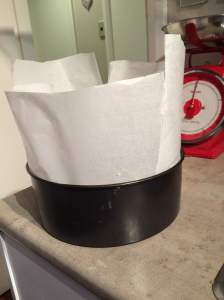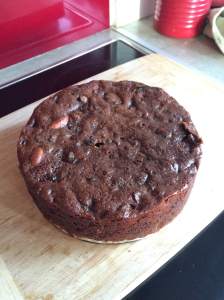
Happy 2017 everyone! I think we can all agree that the year we have just ushered out was rather bruising, whether you’re talking politically, artistically, or for many of us, personally. So, what we really need to ring in the New Year is not cucumber sticks, lycra, mineral water or resolutions. No, what is called for is a big, comforting, chocolatey cake. Or at least that is how I felt today in amongst reading, watching Netflix and snoozing on the sofa with our cats.
I’m not going to pretend I was feeling sparky enough to whip up my own recipe. And why would I need to, when I’m lucky enough to have my very own copy of Alice Arndell‘s Alice in Bakingland? This recipe, sweetly titled ‘Nanny’s chocolate cake’ is a winner, delivering a pleasingly chocolatey cake every time. Because I really felt the need to up the nourishment factor on this one, I slathered jam and cream on cut halves before sandwiching the cake back together and topping it with a generous serving of chocolate icing.
Take care everyone and I’m hoping this cake sets the tone for a much sweeter, kinder year.
Nanny’s chocolate cake by Alice Arndell
Ingredients:
- 170g butter
- 1/4 cup golden syrup
- 2 cups plain flour
- 2/3 cups cocoa
- 1 cup brown sugar
- 3 tsp baking powder
- 2 tsp baking soda
- 2 tsp intant coffee granules
- 2 eggs
- 2 tsp vanilla essence
- 1/4 t salt
- 1 & 1/2 cups milk
Method:
Pre-heat the oven to 170 degrees celsius. Grease and line a 23cm cake tin.
Place the butter and golden syrup in a microwave-proof bowl and heat on high until the butter is melted – this is 1 minute 10 seconds in my microwave. Stir to combine and set aside.
Place all other ingredients in a large bowl and beat for 5 minutes. The original recipe calls for a stand mixer, which I don’t have, so I find a handheld electric beater works well. You may need to beat for a little longer if you do this by hand.
Pour in the butter and syrup and mix through.
This mixture is runny so don’t worry! Pour it into the prepared tin and bake for 50-60 minutes until a skewer inserted into the middle of the cake comes out clean with a few crumbs.
Cool in the tin for 10 minutes then turn out onto a wire rack to cool completely.




